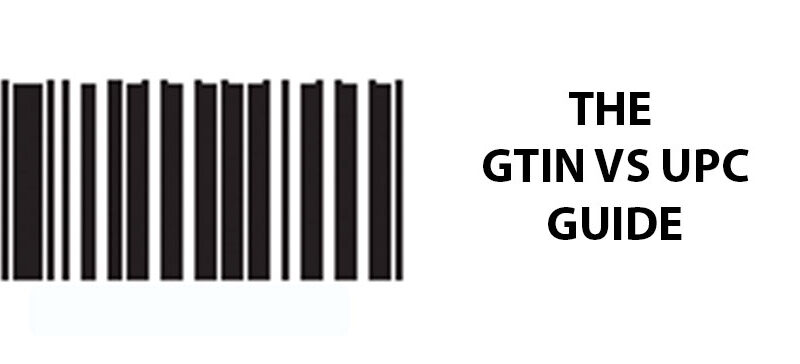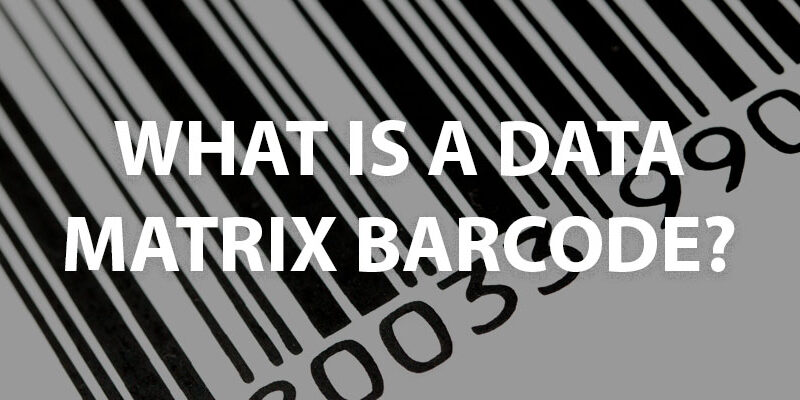GTIN and UPC are types of product identification numbers used in the retail and supply chain industries. If you’re a retailer, distributor, or manufacturer, you may be wondering what’s the difference between GTIN vs UPC. Read on to learn everything you need to know about GTIN vs UPC.
What Is a GTIN?
GTIN stands for Global Trade Item Number. It’s a unique identifier that is used globally and assigned to individual products for trade and commerce. GTINs help identify and track items as they move through the supply chain from production to consumption. They’re usually encoded into a barcode format for easy scanning and identification.
What’s The Difference Between GTIN and UPC?
So how do GTIN vs UPC compare? A GTIN comes in different lengths, depending on how it will be used. UPC-A is a barcode format that is commonly used for point-of-sale barcodes. UPC barcodes use the GTIN-12 structure. They are most commonly used in North America. Because of this close relationship, you will often see UPC and GTIN-12 used interchangeably.
GTIN Structures
GTINs come in different structures, depending on the product the number is used for. Here are the main types of GTINs:
- GTIN-8: GTIN-8 uses eight digits and is primarily used for small products or items where space for a larger barcode is limited.
- GTIN-12: GTIN-12 uses twelve digits and is mostly used in North America for scanning at point-of-sale. Because GTIN-12s are encoded into UPC barcodes, people often use UPC to mean GTIN-12. So what’s the difference between GTIN vs UPC? They are essentially the same, although UPC is only used for GTIN-12.
- GTIN-13: GTIN-13 uses thirteen digits and is most commonly used outside of North America. GTIN-13 is the only GTIN that can be encoded in EAN (European Article Number) barcodes that are scanned at point-of-sale in Europe.
- GTIN-14: GTIF-14 uses fourteen digits and is used for trade items that need to be packed in cartons, cases, or shipping containers. GTIN-14 are used for shipping and logistics, not for retail sales.
How are GTINs Used?
GTINs are used in a variety of ways across the supply chain and retail sectors. They identify unique products and facilitate handling, tracking, and selling. Here are some of the most common ways GTINs are used:
- Product identification: GTINs provide a standardized method to identify products. This helps in inventory management, product tracking, and order fulfillment. For example, when a customer places an order online, the person picking the order will check the GTIN to ensure they’re grabbing the right product.
- Point-of-sale: One of the main ways GTINs are used is at the cash register. When customers are ready to check out, the cashier can scan the GTIN to ring up the customer.
- Supply chain management: GTINs also play a crucial role in supply chain management. They enable efficient tracking of products from the manufacturer all the way to the retail store. GTINs also make managing inventory levels and optimizing logistics easier.
- Product recalls: In the event that a product needs to be recalled, GTINs are used to identify the affected products quickly and accurately. By tracing GTINs, manufacturers and retailers can locate the affected batches or lots and take action to remove them from circulation.
When Should You Not Use a GTIN?
GTINs are very useful, but they are not needed in every situation. Here are some scenarios when you should not use a GTIN:
- Unique custom products: Products like personalized items, handmade products, or one-of-a-kind artwork do not need a GTIN. GTINs are meant to provide standardized identification for mass-produced items.
- Internal inventory management: If you’re using an internal inventory management system for inventory that isn’t traded or sold, you can use custom identifiers instead of adhering to global standards.
- Non-physical items or services: GTINs are designed for physical products that can be traded or sold. For non-physical items like digital goods or services, you can use an alternative identifier or tracking method.
When to Use a UPC Barcode
GTINs can be used globally in a lot of different circumstances, but when talking about GTIN vs UPC, when should you use a UPC barcode? UPC barcodes are most commonly used in North America. Other than that, here are the situations when UPCs are typically used:
- Retail sales: UPC barcodes are used in retail stores at point-of-sale for a quick and efficient checkout process.
- eCommerce: UPCs are essential for online retailers who sell their products in the US and Canada. They are used to create product listings, manage inventory, and facilitate online transactions.
- Product identification and tracking: UPC barcodes provide a standardized way to identify and track products throughout the supply chain.
When Not to Use a UPC Barcode
While UPC barcodes are commonly used in North America, they aren’t as common globally. Here are some scenarios when not to use a UPC barcode:
- Global trade: UPCs are most common in the US and Canada. If your product is intended for global distribution you’ll want to use an identifier that is globally recognized, such as an EAN or ITF-14.
- Non-retail environments: UPC barcodes are made for retail environments where products are sold to consumers. For products intended for non-retail environments, such as industrial equipment or machinery used in business-to-business transactions, you may not need a UPC barcode.
- Internal use: If you’re looking to track assets or other items used only for internal purposes, you can use a unique identifier with your inventory management and asset tracking rather than a UPC barcode.
How to Create a GTIN
Creating a GTIN is a simple process. GTINs are assigned by GS1, a global organization that creates standards for supply chain management.
To create a GTIN, you need to register with GS1 and pay a fee. GS1 will assign a company prefix that will be used for all your GTINs. Once you obtain the company prefix, you’ll be able to assign item reference numbers that are unique to each of your products. With the prefix and item number, you can calculate the check digit using a specific algorithm. Together, those three numbers form your GTIN.
GTIN Labels
Now that you understand everything you need to know about GTIN vs UPC, let’s talk about GTIN labels. GTIN labels display the GTIN of a product in a machine-readable format (usually a barcode). Because these labels are so essential for product identification, tracking, and inventory management, you want to make sure you purchase high-quality GTIN labels.
At Coast Label, we specialize in creating custom, industrial-grade labels. You can count on us for your GTIN labels. Using high-quality materials, we manufacture GTIN labels that endure the supply chain process. We’ll also use the Tru-Check system to verify that your barcodes are scannable and meet or exceed industry standards!



